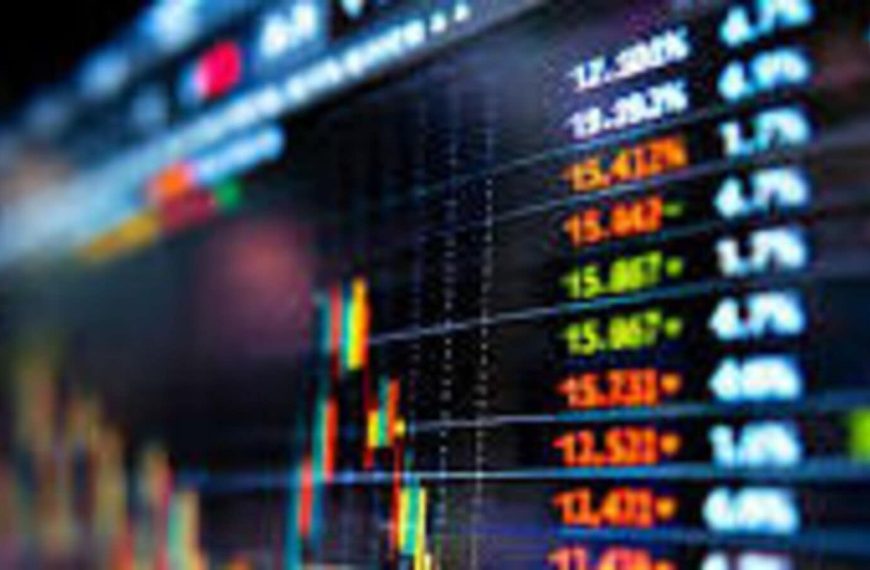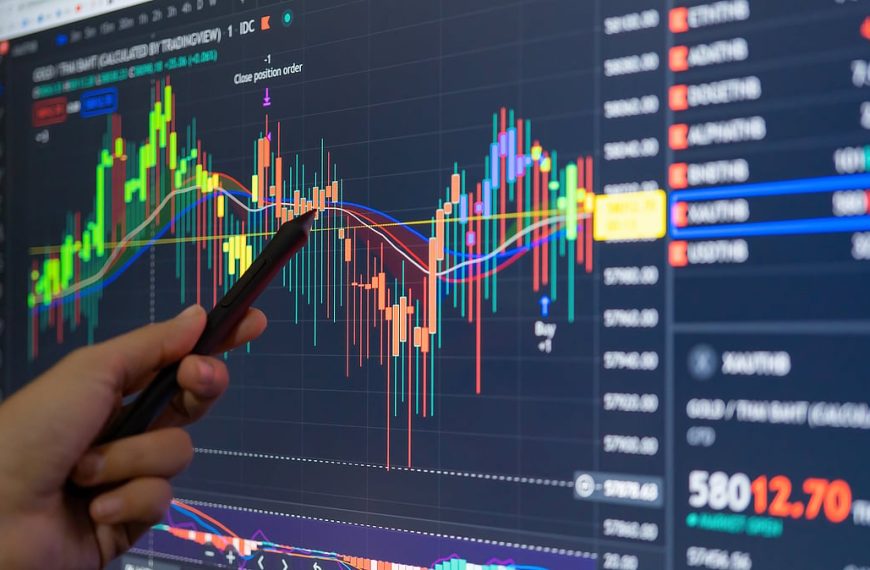The recent surge in 10-year Treasury yields has raised alarms among investors and economists alike, as rates reached their highest in over two decades. On Friday, these yields climbed by six basis points, escalating the rate to 4.49%, which marks a significant half-percentage point rise over just five days. This dramatic shift reflects the ongoing fallout from President Donald Trump’s trade policies, posing potential threats to the overall U.S. economy by increasing borrowing costs for consumers and businesses.
Why Are Treasury Yields Rising?
The bond market’s volatility has left many questioning the reliability of U.S. Treasuries as a safe haven. As the stock market tumbled, investors sought refuge in alternative assets such as gold, the Swiss franc, and the Japanese yen. The unprecedented increase in yields has been compared to the aftermath of the 9/11 attacks, showcasing just how significant this shift is.
- Current 10-Year Yield: 4.49%
- Weekly Increase: 50 basis points
- Comparison to Historical Events: Largest jump since 2001
Expert Opinions on Market Behavior
Bhanu Baweja, chief strategist at UBS Group AG, expressed concern over the implications of fluctuating yields. “We are redefining the world’s risk-free rate,” he noted, emphasizing that such volatility can destabilize markets globally. The uncertainty surrounding U.S. trade policies has contributed to this turbulent environment, eroding confidence in the economy and leading to investor withdrawal from Treasury securities.
The Impact of Tariff Policies
President Trump’s unpredictable tariff decisions have exacerbated the situation. Investors fear that these actions could trigger a recession, resulting in a significant downturn for U.S. markets. Speculation is rampant regarding the potential for foreign investors, particularly China, to offload U.S. securities, which would further elevate interest rates and complicate the government’s fiscal obligations.
Shift in Investor Sentiment
The drop in Treasury prices was mirrored by a decline in the U.S. dollar, suggesting that international investors are becoming increasingly cautious about U.S. assets. Many are diverting their funds to European debt markets, which have remained more stable amid the turmoil. For instance, while German yields held steady, U.S. 10-year debt recorded an unprecedented underperformance compared to European bonds.
Calls for Federal Reserve Intervention
The turbulence in the Treasury market has prompted voices on Wall Street to urge the Federal Reserve to take action. JPMorgan Chase’s CEO, Jamie Dimon, commented on the potential for a "kerfuffle" in Treasuries, asserting that market volatility could have broad implications across all capital markets. Some strategists, including those from Deutsche Bank and Goldman Sachs, suggest the Fed may need to consider measures like quantitative easing or liquidity injections to stabilize the situation.
Conclusion: A Cautious Outlook Ahead
As Treasury yields continue to rise and uncertainty looms over U.S. fiscal policy, the economic landscape appears increasingly precarious. The interplay between trade policies, market confidence, and Federal Reserve actions will be critical in shaping the path forward. Investors and analysts alike will be watching closely to see how these factors will unfold in the coming weeks, as the potential for a U.S. recession remains a pressing concern.











